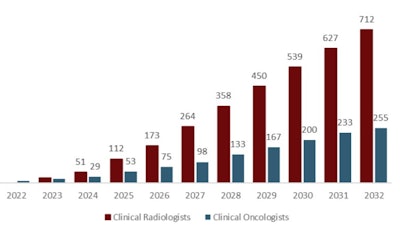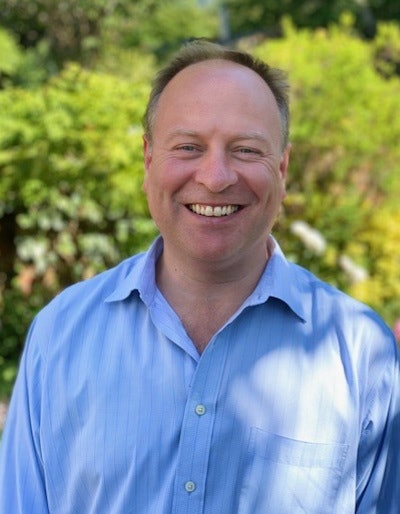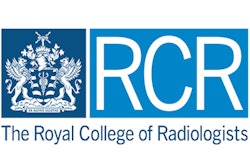
The publication of a comprehensive report that lifts the lid on the true cost of the U.K. radiology's reliance on outsourcing has generated a strong response.
The document, "Understanding the impacts of investing in training for clinical radiology and clinical oncology," found that workforce shortages are costing lives and money, and the National Health Service (NHS) could save 420 million pounds (497 million euros) by 2030 by investing in clinical oncology and radiology trainees.
Each extra year of investment in training saves 190 million pounds (225 million euros) over 10 years, and this is more cost-effective than spending more on outsourcing and overseas recruitment, noted WPI Economics, a data insight and public policy consulting firm in London.
"This is a very important piece of work commissioned by the Royal College of Radiologists (RCR)," said RCR past president Dr. Giles Maskell. "Although the steeply rising costs of outsourcing have been recognized at local level, this report is the clearest statement to date of the financial case for investing in the radiologist workforce as the smartest way to ensure that patients receive the benefit of modern medical imaging and avoid the potentially disastrous consequences of diagnostic and treatment delays."
Addiction to outsourcing
It is interesting to get an economic perspective on the topic, and this is a clever tactic from the RCR, Dr. Paul McCoubrie, a consultant radiologist at Southmead Hospital in Bristol, U.K., told AuntMinnieEurope.com.
"Outsourcing is seen as the answer to everything, but it is really expensive," he said. "Outsourcing is so widespread -- I don't know of a single U.K. hospital that doesn't do it. People think it is a tap they can turn on and off, but the reality is that once you start, it is very difficult to claw this back."
Because it comes from a different budget and is seen as a nonrecurring cost, it tends to be easily met, McCoubrie explained. In reality, the 206 million pounds (244 million euros) spent across the U.K. in 2020 would easily train all the radiologists the country needs -- and with 100 million pounds (118 million euros) left over, he estimates, noting that it would cost about 2 million pounds (2.4 million euros) in wages and other costs to train around 50 registrars, producing around 10 consultants a year.
"This sounds a lot but is a small sum in the grand scheme of things, compared to the expense of outsourcing," he said. "Also, training radiology registrars is a cost-neutral affair. Obviously at first, they produce little, but towards the end of training they make up for this, so this 'investment' in training is an illusory financial sink."
 Increase in the number of whole time equivalent (WTE) clinical radiologists and clinical oncologists that may be achieved through an investment in training places. Image courtesy of RCR and WPI Economics.
Increase in the number of whole time equivalent (WTE) clinical radiologists and clinical oncologists that may be achieved through an investment in training places. Image courtesy of RCR and WPI Economics.Some hospitals have grown tired of not being allocated enough trainees and now fund their own posts, McCoubrie noted. His own hospital fully funds two posts, while the others are 50% hospital-funded and 50% by the regional postgraduate medical education body.
"We have people lining up to train in radiology -- in the U.K., 1,600 applied for approximately 250 places in the last recruitment round," he continued. "This is unlike other specialties such as general practice, emergency medicine, and psychiatry, which have fewer applicants than the number of posts. So if we advertise, they will come."
The RCR must address the widespread notion that AI will replace diagnostic radiologists in 10 years' time, according to McCoubrie.
"They were saying this 10 years ago, but I see almost no AI in use and certainly it is no closer to replacing radiologists," he said. "The message to broadcast is that AI in the next 10-20 years will make radiologists slicker and act like a second pair of eyes. But no more than that. And only in certain areas, not in all parts of our job. In 30 years, who knows?
 Dr. Paul McCoubrie from Bristol, U.K.
Dr. Paul McCoubrie from Bristol, U.K."I suspect in my lifetime we will need many more interventional and diagnostic radiologists -- way more than we have currently."
He thinks overseas recruitment can be a lot of effort for little reward. "Plus, if conditions are bad, they will leave. We have locally retained less than 50% of the overseas consultants that we recruited."
Overall, a fairer policy on pensions and taxation would help to ensure senior consultants do not retire early or cut their hours due to punitive rules, but the root cause of the problem is a 20-year story of very poor workforce planning, McCoubrie said.
You can download a free copy of the 25-page report on the WPI Economics website.



















